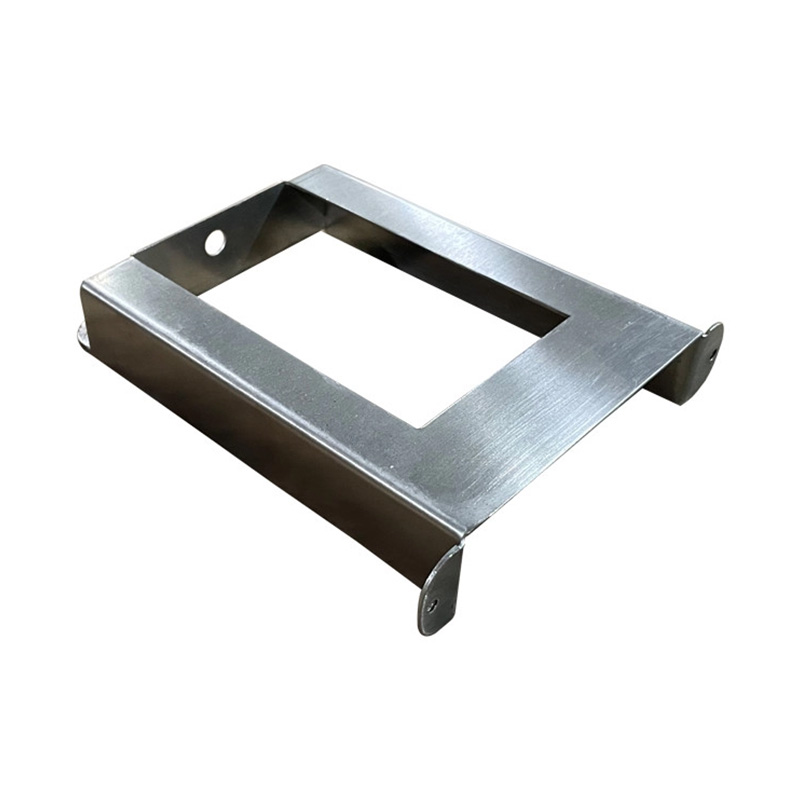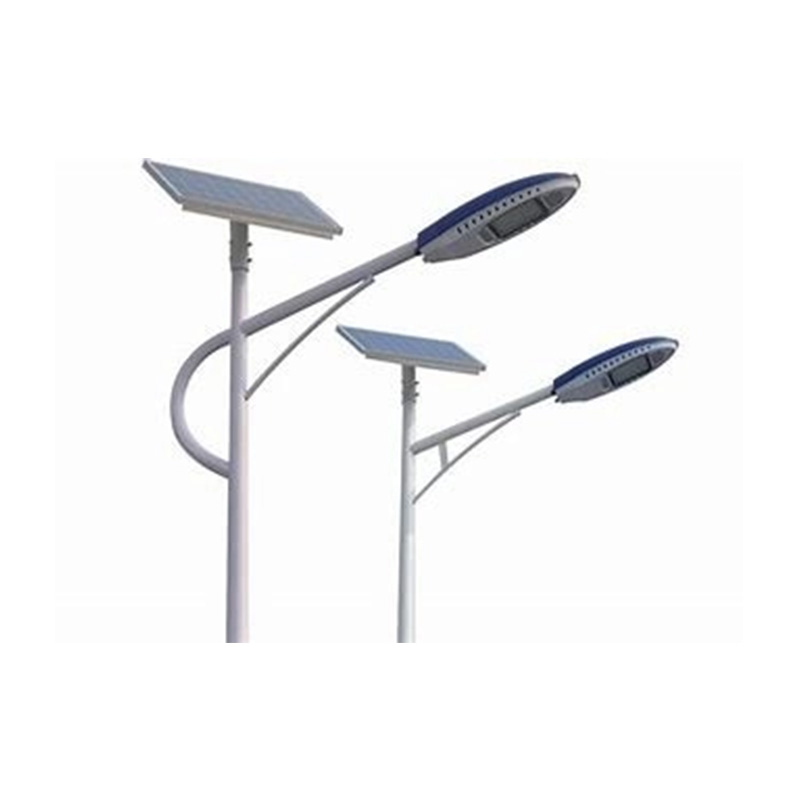text
The Precision Game-Changers: Core CNC Milling Components
High-accuracy machining relies on specific components. Milling machine components like spindles and ball screws directly determine tolerances. Surprisingly, 70% of manufacturers cite spindle integrity as their top predictor of part quality :cite[1].
Spindle & Tool Holders: Your Cutting Foundation
The spindle rotates your cutting tool, while the holder grips it. Avoid cheap collets; spring for hydraulic or shrink-fit holders. They minimize runout—often below 0.0003 inches. CNC mill parts like precision holders prevent chatter and broken tools.
Ball Screws & Linear Guides: Motion Matters
For smooth, accurate table movement, ground ball screws beat rolled versions. Match them with preloaded linear guides. Machine tool accessories in this category directly impact surface finish and dimensional accuracy.
Control System & Drives: The Brain and Brawn
Modern controls (like Siemens or Fanuc) handle complex toolpaths. Servo drives translate signals into precise motion. CNC milling machine parts in this group make adaptive machining possible.
| Component Type | Precision Option | Standard Option | Accuracy Impact |
|---|---|---|---|
| Spindle Bearings | Ceramic Hybrid | Steel Ball | ±0.0001″ vs ±0.0005″ |
| Ball Screws | Ground C0 Grade | Rolled C7 Grade | 50% less backlash |
| Tool Holders | Shrink Fit | ER Collet | 3x Runout Reduction |
Step-by-Step: Upgrading Your CNC Mill for Precision
Step 1: Audit Current Performance Measure runout on all tools using a dial indicator. Check backlash in X/Y/Z axes. Identify vibration points during cuts.
Step 2: Prioritize Weak Links Focus on components causing measurable errors. A worn ball screw? Upgrade before tweaking holders.
Step 3: Source Precision-Grade Parts Opt for components meeting JIS B or DIN standards. Reliable CNC milling machine parts suppliers provide certification documents.
Step 4: Calibrate & Compensate After installing new parts, perform laser calibration. Input compensation values into your control system.
Step 5: Verify with Test Cuts Machine standardized test pieces (like NAS 979) to validate circularity and positioning accuracy.
Maintenance Strategies That Actually Work
Our team rebuilt a 2018 VMC last year with upgraded CNC milling machine parts. The trick? We scheduled maintenance based on sensor data—not arbitrary timetables. Vibration sensors flagged early bearing wear in Spindle #3, preventing catastrophic failure during a titanium job. Downtime dropped 40% year-over-year.
For everyday care: Clean way covers daily. Check lubrication levels weekly. Monitor spindle temperatures in real-time. Remember, contaminated lubrication causes 35% of premature ball screw failures :cite[1].
Warning: Avoid These Costly Mistakes
Mixing component tiers: Pairing a high-end spindle with low-grade bearings wastes money. Match component grades.
Ignoring thermal effects: Spindles heat up and expand. Not compensating thermally causes dimensional drift. Let your machine warm up!
Over-torquing tool holders: Cranking holders too hard damages taper seats. Use a calibrated torque wrench—every time.
Essential Checklist Before High-Precision Jobs
Confirm ball screw compensation values loaded
Check spindle warm-up cycle completed (30+ min)
Calibrate workpiece probe (if used)
Update tool length/radius offsets
Clear coolant nozzles of debris
FAQs: CNC Milling Machine Parts Explained
Q: How often should I replace ball screws?
A: Inspect annually for backlash. Replace when compensation exceeds 0.002″ per foot. With proper care, quality screws last 8-10 years.
Q: Are aftermarket CNC parts reliable?
A: Reputable aftermarket brands (like GD Weiting) meet OEM specs. But avoid uncertified eBay sellers—precision requires documentation.
Q: Why does my finish improve after 30 minutes of running?
A: Thermal stabilization! Components expand predictably once heated. Modern machines auto-compensate using temperature sensors.







